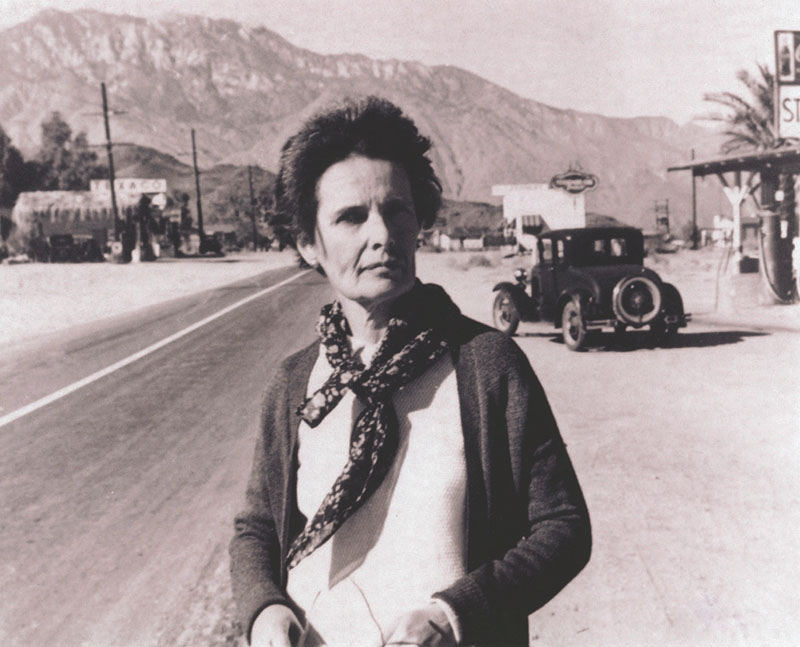Agnes Pelton

1881-1961 | Cathedral City, CA
“The vibration of this light, the spaciousness of these skies enthralled me. I knew there was a spirit in nature as in everything else, but here in the desert it was an especially bright spirit.”
In this FSA Inspiration, we highlight the work and life of German-American artist, Agnes Pelton (1881-1961). Renowned as a visionary within the Transcendental artists movement, her modernist paintings explored abstraction and spirituality through the lens of biomorphic compositions and luminescent phantasms.
Born to American parents in Germany, Agnes Pelton’s tumultuous family matters and weak constitution led to her becoming withdrawn at an early age. Though she led aife of introversion and at times solitude she was well traveled and attendedstudied school at Pratt Institute in Brooklyn, New York and the British Academy of Arts in Rome, Italy. After an enlightening visit to the home of Mabel Dodge Luhan in Taos, New Mexico her work, which had primarily consisted of portraits and symbolism became heavily influenced by desert landscapes and esotericism. This led to her founding and leading, along with long time friend Raymond Jonson, the Transcendental Painting Group. The Group featured various artists inspired by theosophy, mysticism, Buddhism, astrology, numerology, and metaphysical philosophy. Pelton’s emotive and ethereal works were compiled by the Whitney museum in an exhibition spanning her career titled “Agnes Pelton: Desert Transcendentalist.”
“Pelton’s exquisitely finished, otherworldly abstractions are full of mysterious shapes and distant horizons, glowing vessels, flowers, several kinds of stars and other celestial events.
Read

